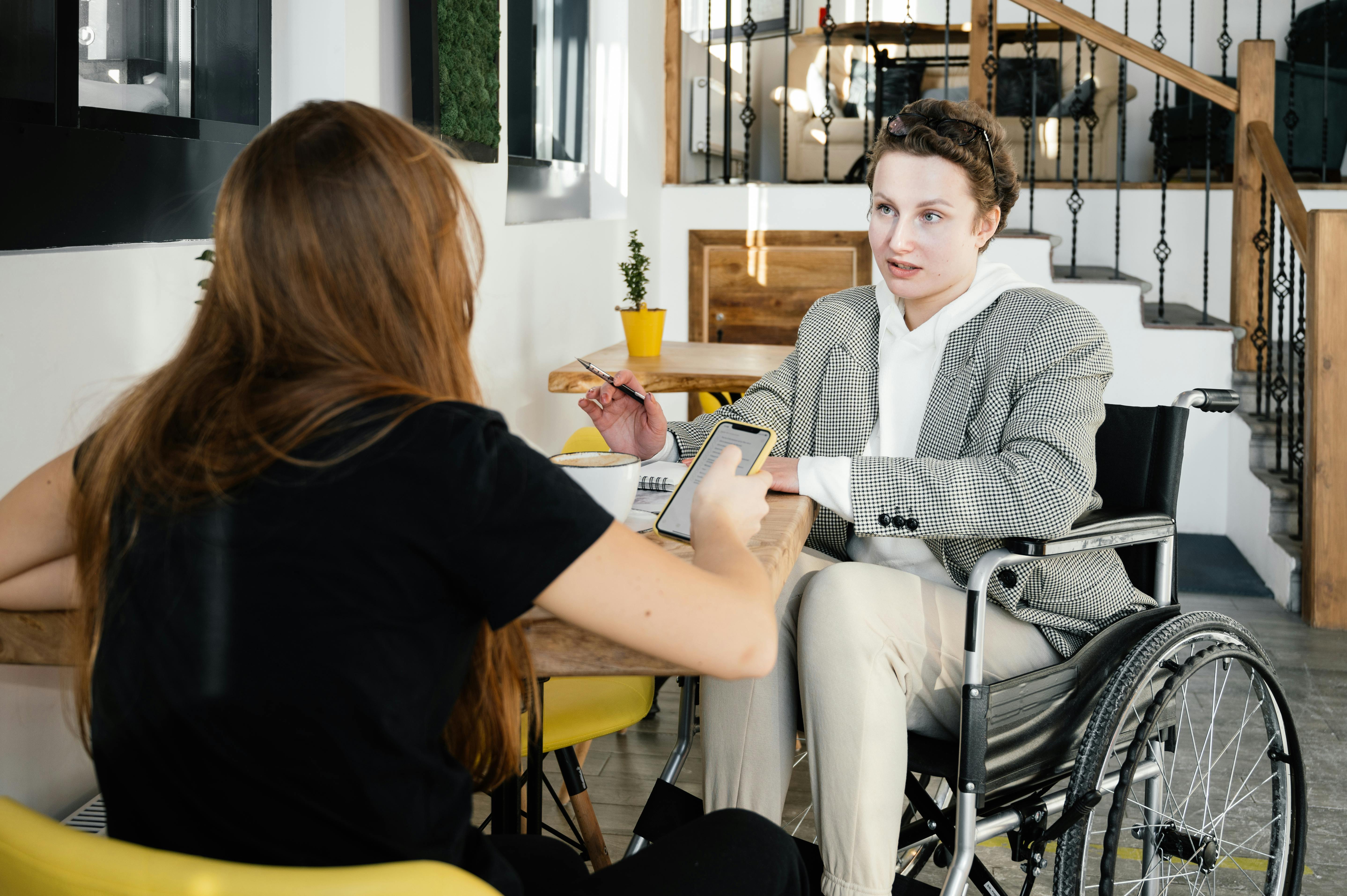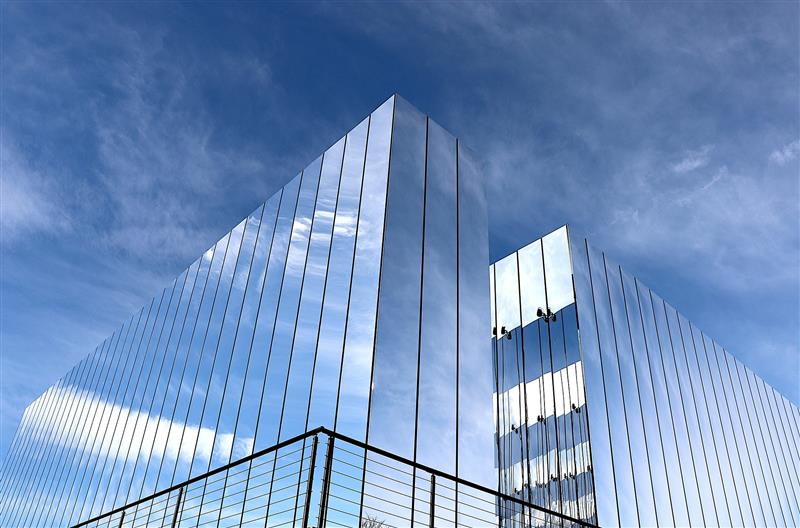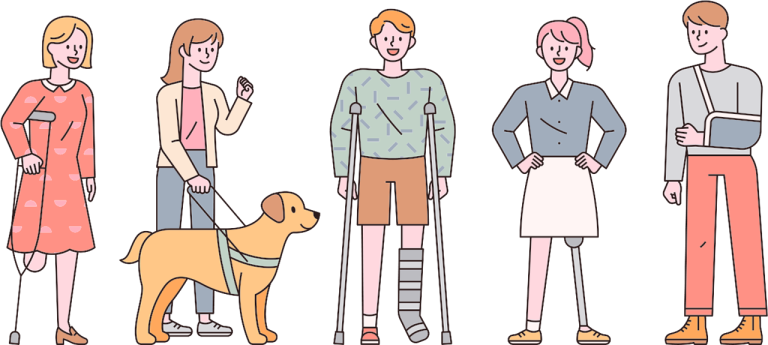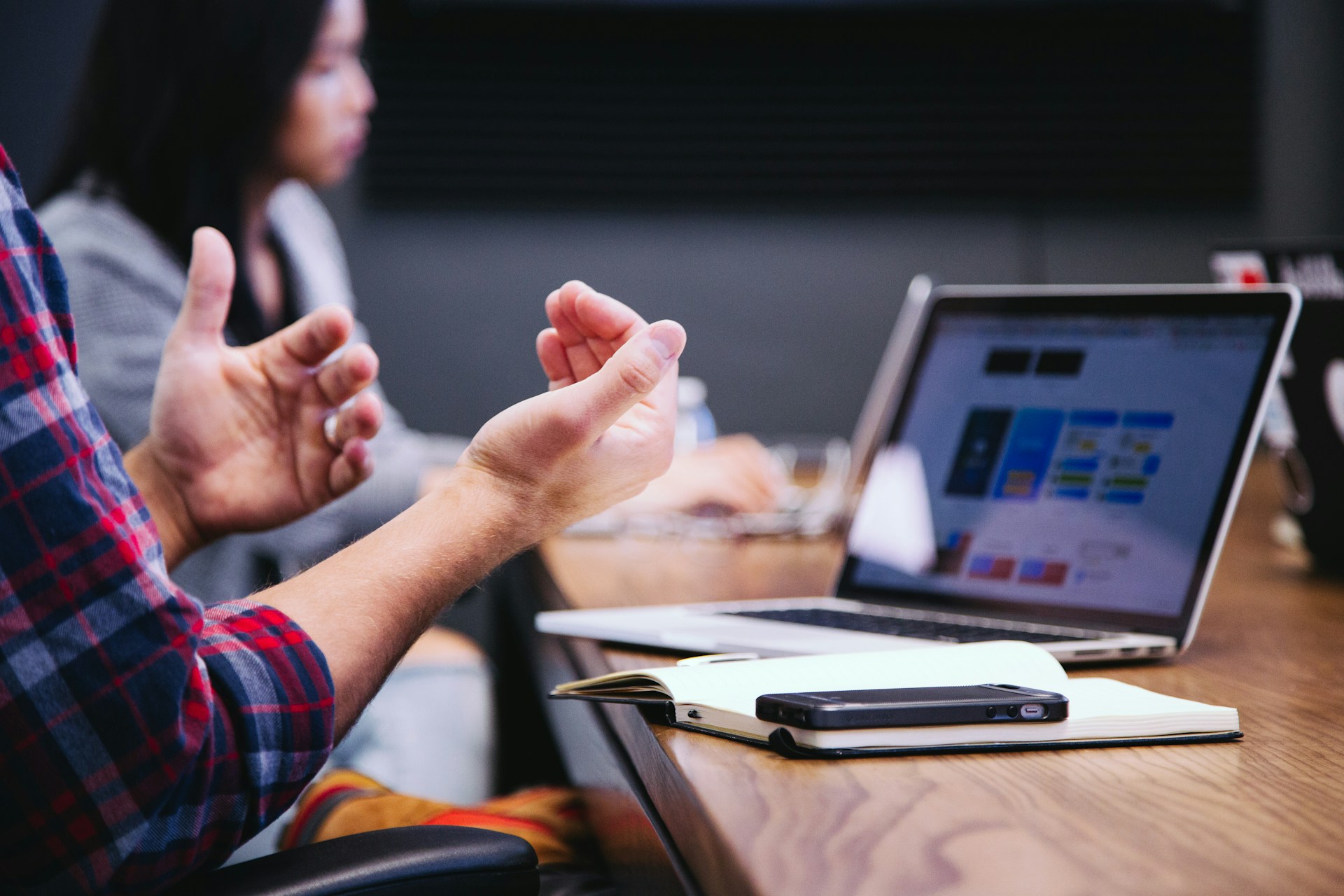The Meaning of Working Together
We spend most of our day at work. Consequently, the presence of our coworkers permeates our lives and thoughts far beyond mere colleagues. This makes workplace diversity a space where we experience society’s diversity most intimately.
Working alongside colleagues with disabilities is not a special circumstance, but rather a process of accepting that we all relate to the world in slightly different ways. While the word ‘disability’ once primarily evoked thoughts of ‘limitations in work,’ more and more people are now discussing the potential and capabilities it encompasses. However, this change does not happen overnight; it requires time for experiences and understanding to accumulate.
Signs of Change
Fortunately, workplace perceptions have clearly shifted in recent years. Companies are increasingly making diversity and inclusion core values in their HR strategies, and it’s becoming more common to see employees with disabilities working naturally as part of teams.
On the ground, initiatives like redesigning jobs to accommodate disability characteristics, introducing assistive technology devices, and implementing disability awareness training programs are gradually spreading. This goes beyond mere institutional changes; it is becoming the starting point for driving organizational cultural transformation.
However, this change has not permeated everywhere equally. The perspective that views people with disabilities as ‘those who need help’ still persists, and relationships often remain focused on consideration rather than substantive collaboration. True inclusion is achieved when the sense of “working together” becomes natural.
A Perspective for Growing Together
For members with disabilities to fulfill their roles and grow within an organization, efforts to lower “relational barriers” are needed before institutional changes. Unintentional remarks, seating arrangements in meetings, or the way tasks are assigned can reveal our underlying stereotypes.
Yet, when we start changing these small aspects, our capacity for mutual understanding broadens. In fact, some companies are fostering natural communication among members through team-based mentoring systems or peer support programs. A culture that accepts someone’s disability as just one of their characteristics—that is what builds true workplace inclusivity.
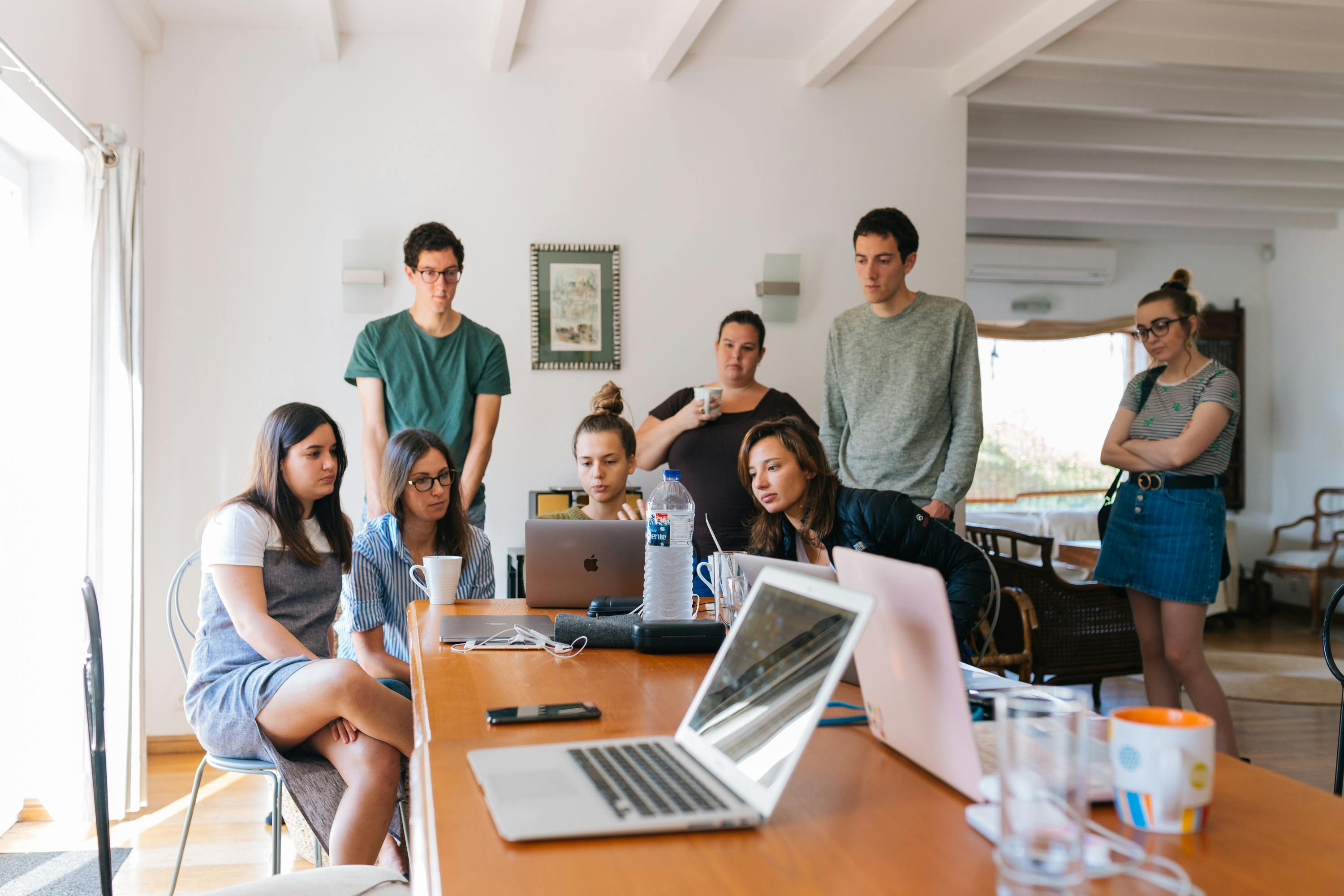
A Step Toward the Next Change
Awareness of disability is clearly maturing over time. But changing perceptions isn’t simply a story that ends with “things have gotten better.” While we are undoubtedly moving in a better direction, there is still much to learn along the way.
The workplace mirrors societal change. When colleagues with disabilities are recognized for their expertise in their roles, and when their experiences contribute to the organization’s competitiveness, society matures further. What we must do now is build a culture where they exist as ‘natural colleagues’ in our daily work, rather than focusing on grand slogans. A shift in awareness grows not from grand declarations, but from the repetition of small, everyday actions.

